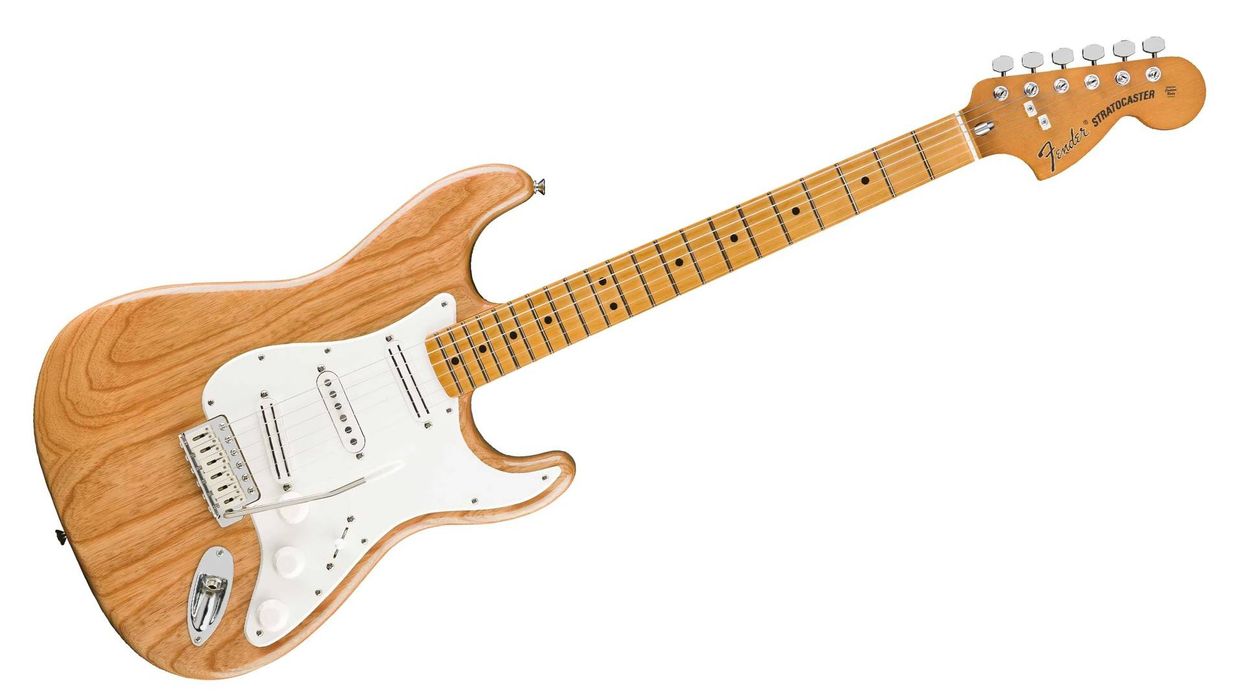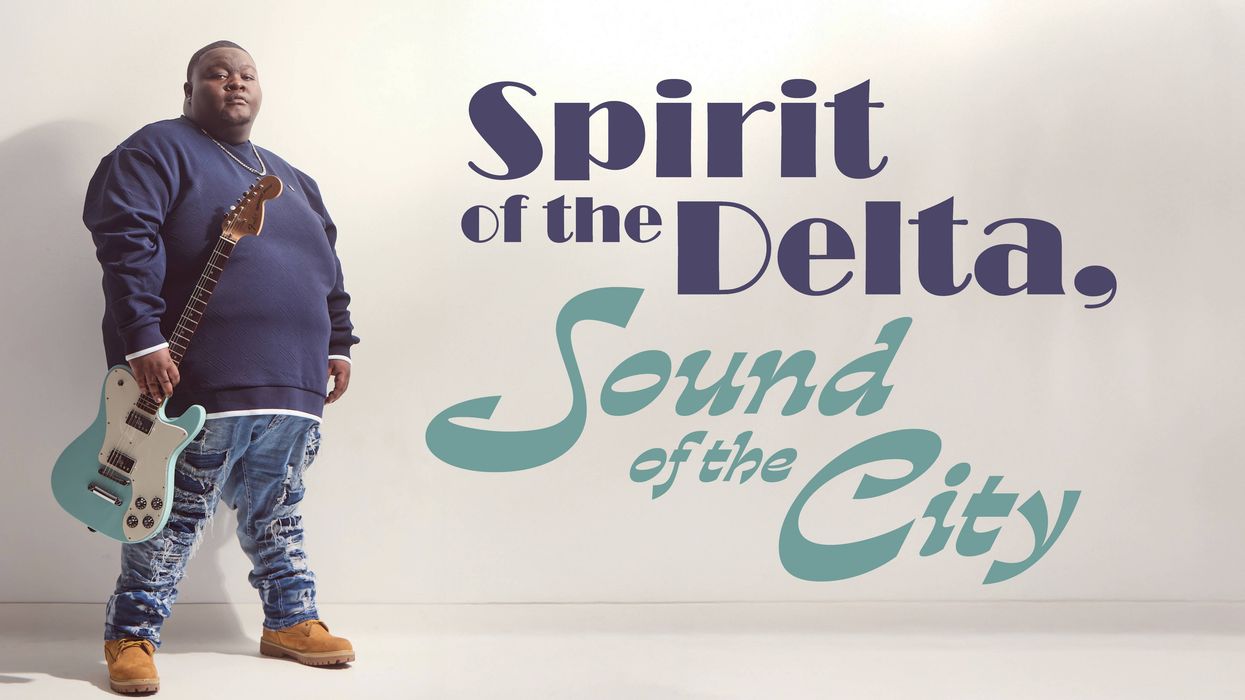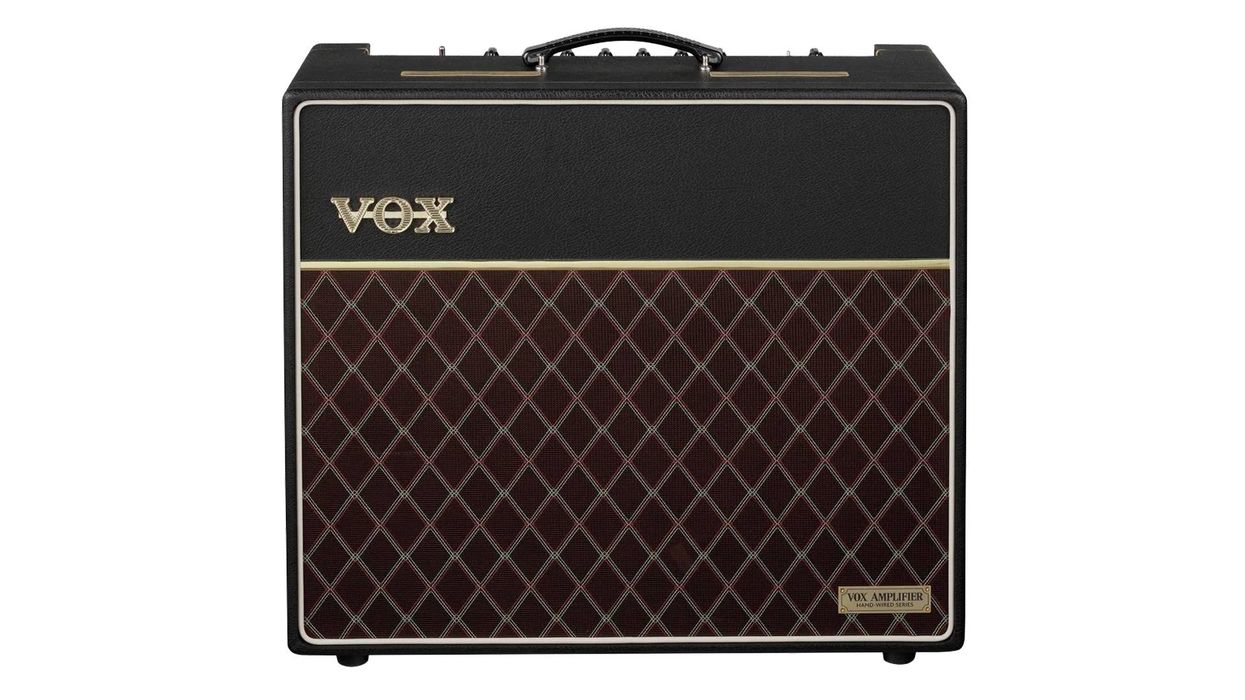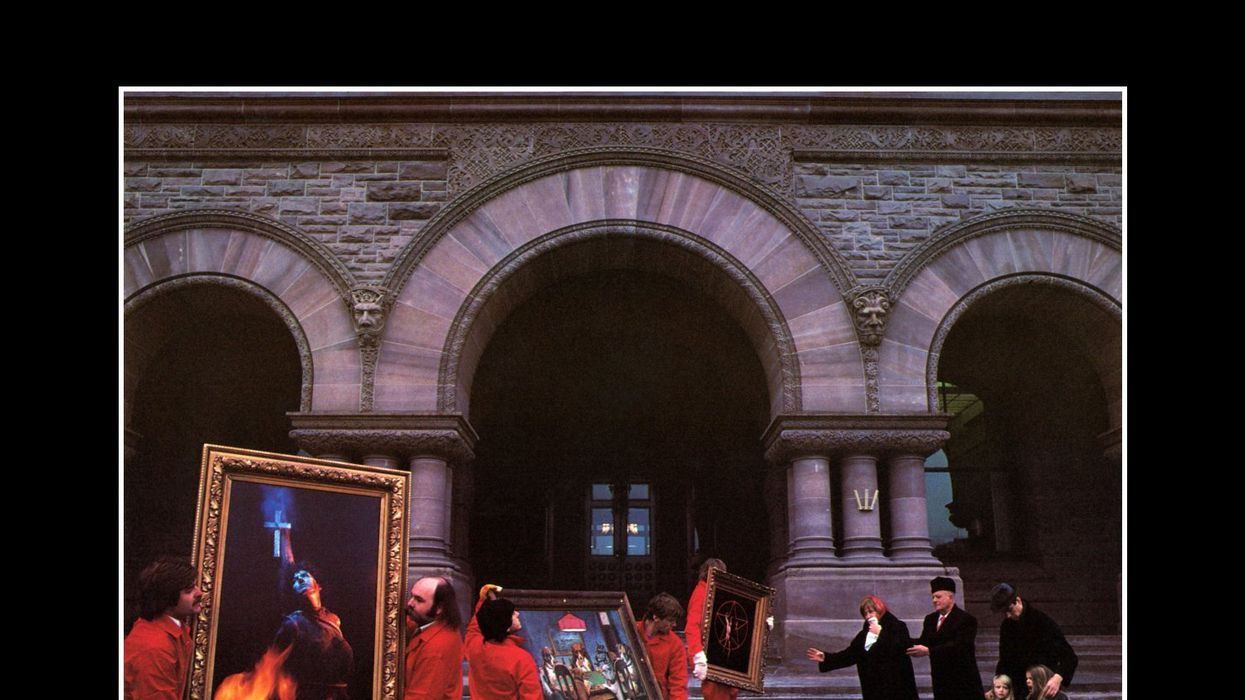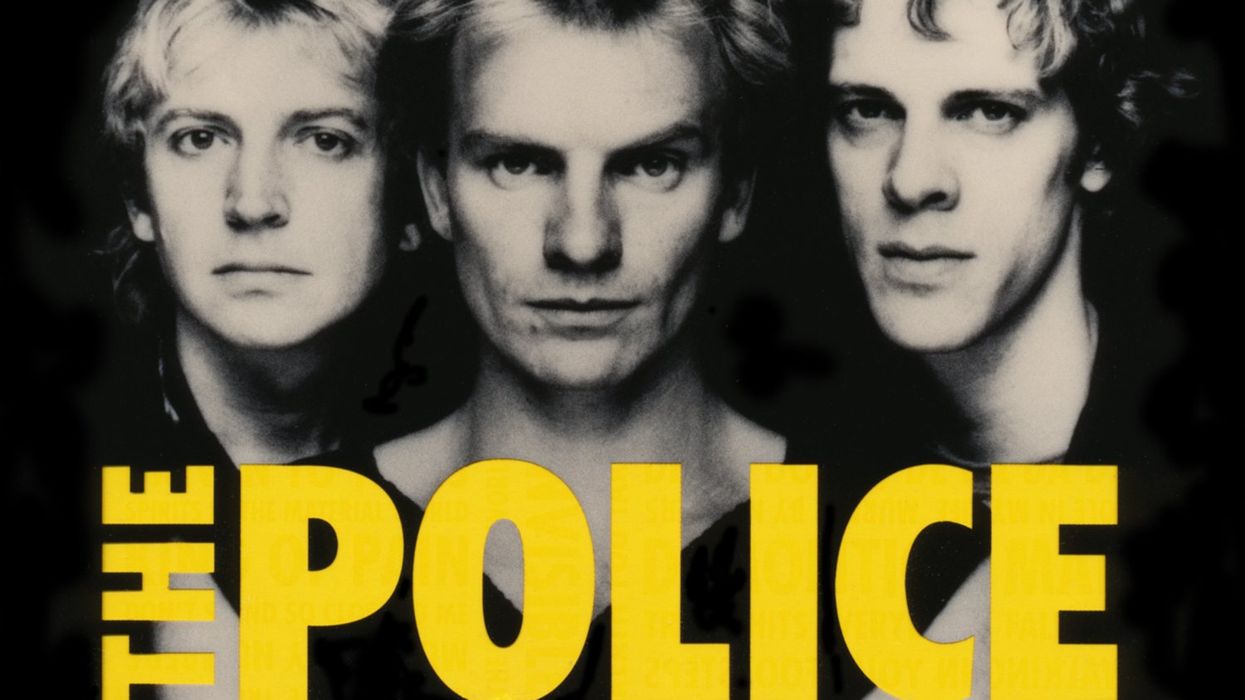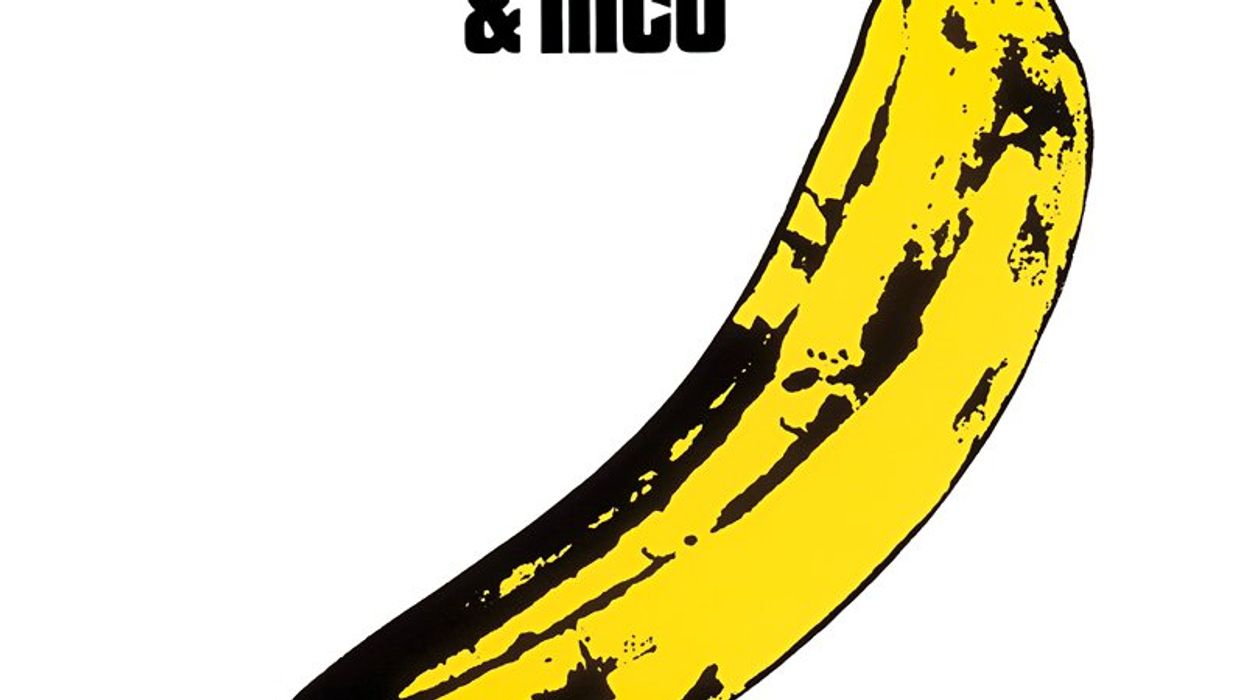Whitesnake’s self-titled album is a pinnacle of ’80s hard rock, instantly making them one of the biggest rock bands of the era. It was a departure from their previous six albums due to significant lineup changes. Both original guitarists, Micky Moody and Bernie Marsden, had left the band and opened the doors for former Thin Lizzy guitarist John Sykes to join. Sykes’ influence, which began on the 1984 release, Slide It In, moved the band away from its British blues-rock sound towards the more popular American glam-rock vibe. Let’s take a look at the band’s style during the Moody/Marsden era which is often overshadowed by 1987’s incredible success.
After leaving Deep Purple in 1976, David Coverdale eventually formed his own band with guitar duo Moody and Marsden. During the early ’80s he also had former Purple colleagues Ian Paice and Jon Lord in the mix. While Whitesnake clearly stuck to the same genre as Deep Purple, and some songs are reminiscent of that legendary band, Whitesnake have their own recognizable style thanks to Moody and Marsden’s melodic guitar work. Besides the pentatonic-based power chord riffs that were typical for ’70s blues rock, Whitesnake incorporated a lot of harmonized melodies that seem inspired by Thin Lizzy.
Even though their sound changed somewhat on every album, it’s always been anchored by classic Marshall tones. If you don’t have a Marshall-style amp, I’d check out pedals like the Friedman BE-OD, Wampler Plexi-Drive, Bogner La Grange, or many others. Aim for a more vintage-style tone rather than a hot-rodded sound.
Let’s start with Ex. 1, which is a simple power chord riff in A minor. Note how there is some harmonic movement within the riff. The syncopated slide into the tonic is very typical. Also, it’s cool to alternate between the two double-stops over the root in measure 2. Whitesnake used it a lot but is also famously known from Ram Jam’s hit “Black Betty.”
Ex. 2 is a single-note riff like the ones you can hear in songs like “Medicine Man” from Whitesnake’s Lovehunter album or “Fool for Your Loving” from Ready an’ Willing.
Medicine Man
It’s in G minor and uses the faithful G blues scale (G–Bb–C–Db–D–F). The main motif repeats three times before ending with some chromatic approach notes for the turnaround. Those little chromatic notes at the end really add a bluesy feeling to this riff. I incorporated another very “Whitesnake” idea by moving the riff up to C (the IV chord) before playing another two measures of on the tonic. I then ended on a big open-string G power chord.
Ex. 3 imitates a chorus that could be found on a track like “Lonely Days, Lonely Nights.” Whitesnake often used major and minor chords instead of power chords in the chorus to bring out the melody. This progression is in the key of E and features the IIm and b7 chords, which were very common in rock music of this era. Check out Danzig’s “Mother” or Van Halen’s “Ain’t Talking ’Bout Love” for more examples.
Whitesnake - Lonely Days, Lonely Nights
Ex. 4 is a bit of a solo section over the same progression in A minor. While sticking mainly to pentatonic material, Moody and Marsden also incorporate the 9 and even target it before resolving it to the 3. You can find the 9 as a melodic passing note in the first measure as well as in measure 3 where I hold the G while it becomes the 9 over the F major chord. Then I resolve it to the A in the final measure.
Ex. 5 is another riff that features a dual-guitar attack, again in octaves. Moody and Marsden would often do this with their signature riffs. The upper octave adds a more melodic touch to an otherwise simple single-note riff.
Since harmonizing in thirds was so common, Whitesnake also incorporated them into a few of their melody lines. In Ex. 6 the harmony is a third below the actual tonic line giving it the more colorful flavor of a sixth from a harmonic perspective. A very Whitesnake-y sound. Also note how the last note moves in a different direction creating a bit more harmonic movement.
For Ex. 7 we’ll take a look at one of the few shred lines you’d encounter in Whitesnake’s earlier work. I shamelessly stole it from the “Medicine Man” solo and changed up the end a little, simply because these slightly shreddy moments were very rare in Whitesnake’s music at that time. It’s a simple pentatonic line in G# minor that mixes a few different subdivisions. You can pick it or play it with hammer-ons and pull-offs. It’s just to build a bit of tension at the end of the solo.
Hopefully, after this lesson you will feel inspired to go back and check out Whitesnake’s early catalog. They were a woefully underrated rock band during that time and thanks to Moody and Marsden, the blues-based, hard rock sound will continue long after the band itself.


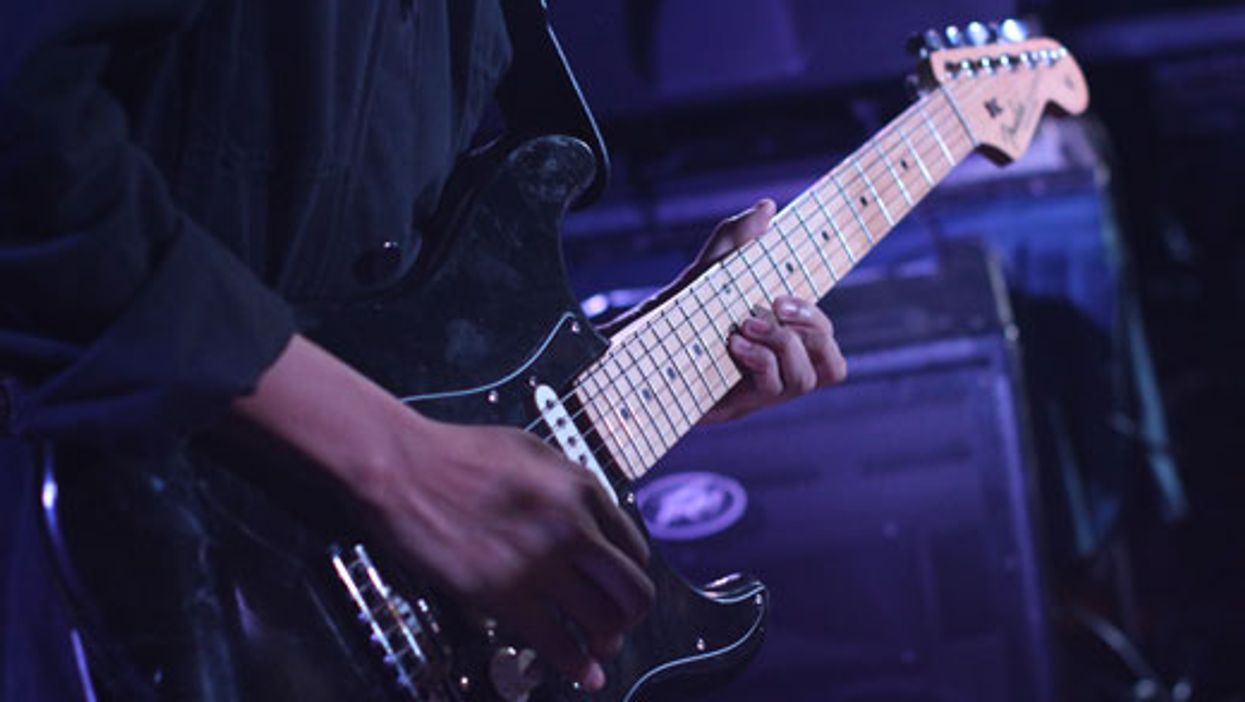
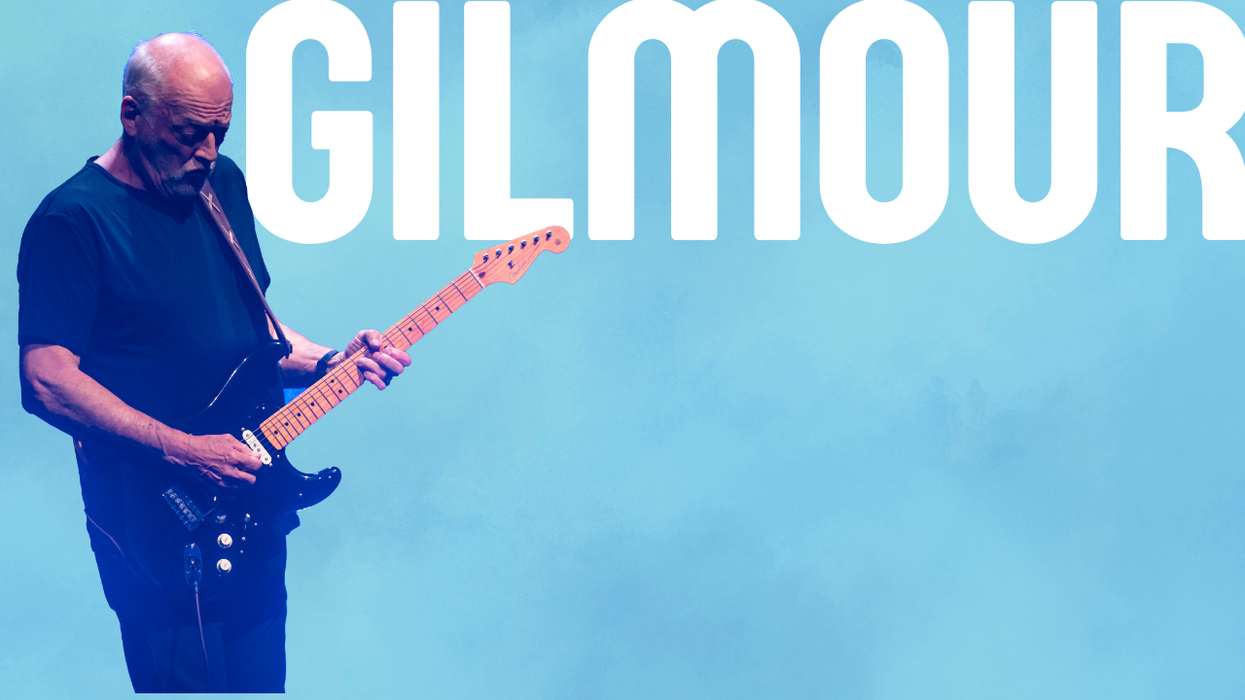

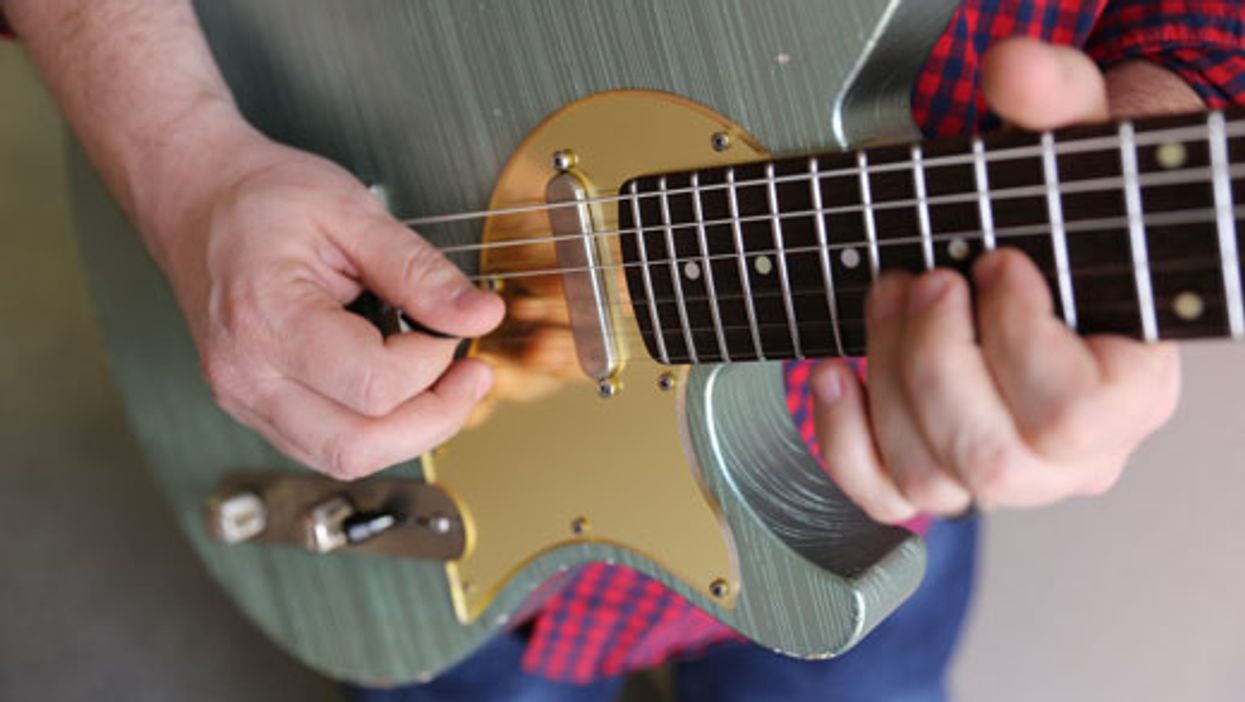
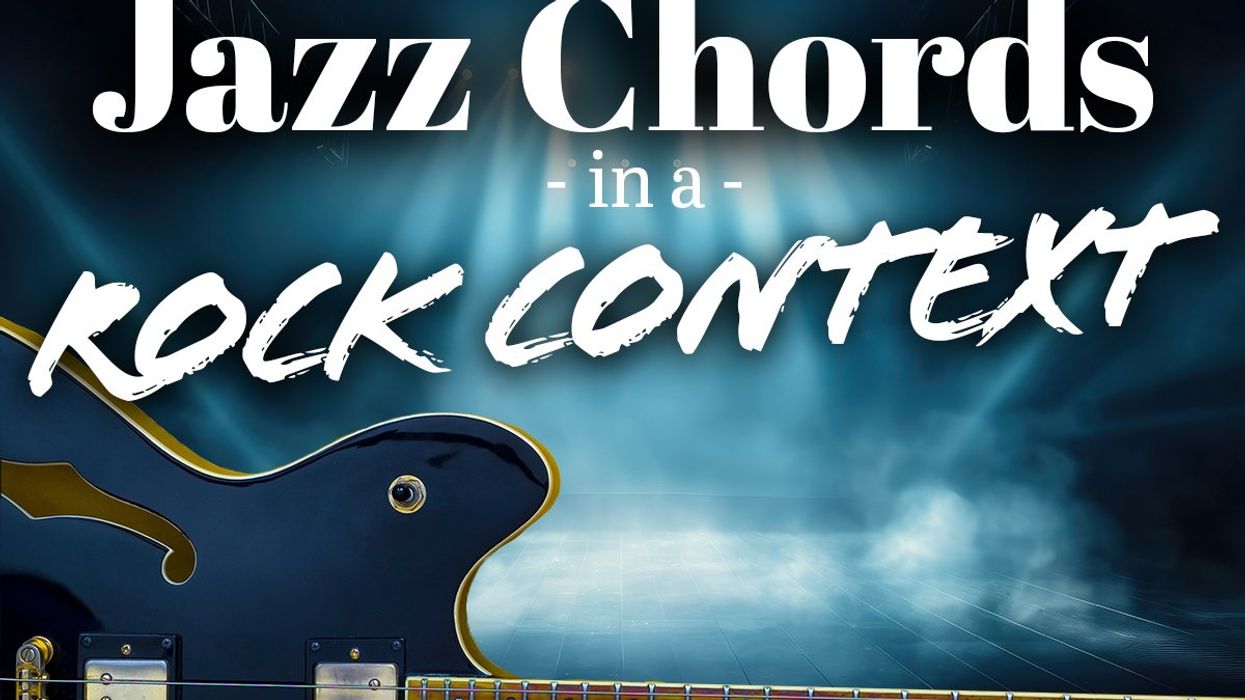
![Rig Rundown: AFI [2025]](https://www.premierguitar.com/media-library/youtube.jpg?id=62064741&width=1245&height=700&quality=70&coordinates=0%2C0%2C0%2C0)
